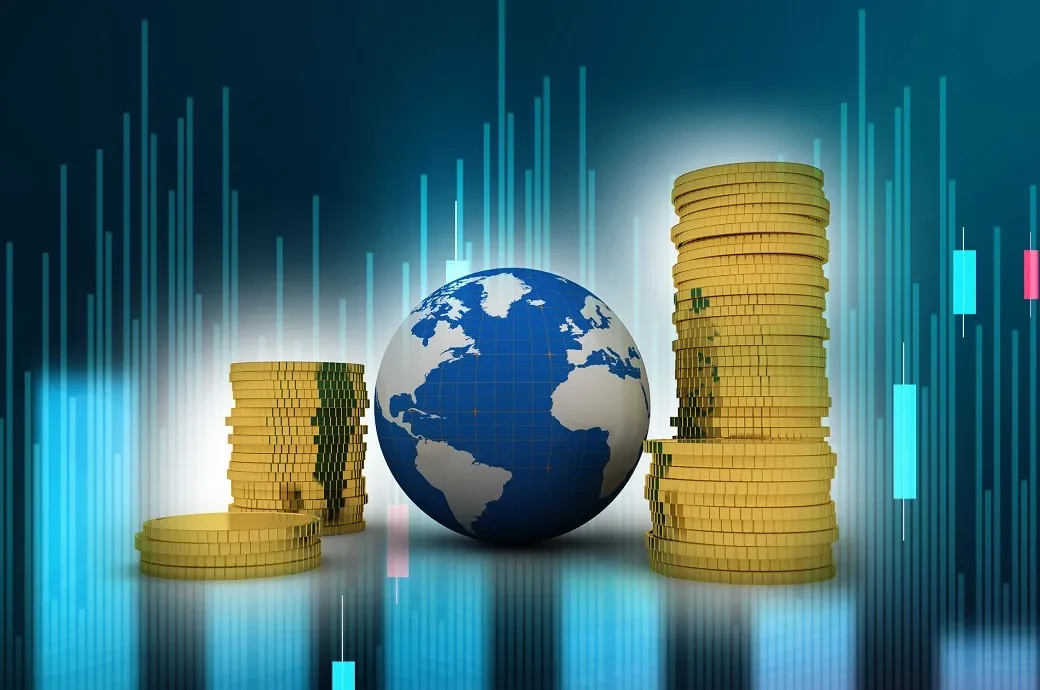
ABOUT a month ago, economic analysts warned that the world cannot afford to have two major wars in two strategic locations such as in Ukraine-Russia, and the Middle East.
This is because these regions are major suppliers of global energy and other essential resources. But then who would have guessed that the Middle East war would explode to this magnitude?
The latest projections show that global economic growth will slow down in 2024 due to rising interest rates, higher energy prices, and slow growth in major global economies.
Since the war in the Middle East erupted, global oil market prices have increased for two consecutive weeks amid fears that the ripple effects of the war will be felt on the global oil market thus pushing the prices to nearly US$100 per barrel.
There are increasing concerns that if the war in the Middle East continues, it could further push prices upwards as a major transit route for sea cargo of oil and gas from the Middle East to the global market will face access challenges, thus compounding efforts to curb global recession.
While this energy supply disruption is yet to occur, the current increase in fuel prices is a result of panic and speculation that supplies from oil-rich countries could be affected.
This comes at a sensitive moment as global economies had made progress in trying to curb headline inflation spawned by indications of a decline in energy and food prices in the first half of 2023 which were caused by the war in Ukraine and the West’s reaction to Russia. Nonetheless, the risk of inflation remains as the drivers persist.
For these and other reasons, the global economy is forecast to grow by nearly 3% with next year’s forecast reduced to just 2,6%. Major global economies are still trying to navigate and avoid falling into a global recession.
- The brains behind Matavire’s immortalisation
- Red Cross work remembered
- All set for inaugural job fair
- Community trailblazers: Dr Guramatunhu: A hard-driving achiever yearning for better Zim
Keep Reading
The European bloc and the United Kingdom may endure some form of recession. In addition, China’s growth is also expected to slow down as its private sector seeks alternative trading systems to navigate the suppressed Western markets.
What does this mean for developing countries?
Most developing countries and low-income economies will be at the receiving end of multiple and fundamental economic shocks.
The cost of living will spike in poor countries and high interest rates will be meted out on consumers which will take a significant toll.
This may push many people into destitution and countries into debt distress, thus upsetting development prospects.
In short, this means poor countries will need to tighten their belts and squeeze the little that comes from their domestic income to survive. It also means that poor countries may require more support in immediate and long-term financial support, to ensure economic stability, and getting back on the economic rails.
This may push poor countries back to international financial institutions for financial assistance.
It will not be an easy ride though as most developed countries — which act as major donor countries — will be facing their own financial challenges disabling their ability to be generous. Already, despite the world facing some of the worst conflicts since 1946, development aid for peace by major donors fell significantly in 2021, reaching a 15-year record low.
This also means that traditional donors will likely be less generous as they focus on fixing their economies and addressing domestic challenges while poor countries expect more from the international community.
What can poor countries do to avoid an economic squeeze in 2024?
First, it is time for developing countries to grow and realise that the world does not owe them help and that the world is facing major existential challenges, and that the big brother role by Western countries is fast thawing.
In short, it is time to grow up and take responsibility for their own social, political and economic needs.
Second, it is time they learnt to use what they have to get what they need. This entails supporting and promoting home-grow economies that work towards providing adequate supplies of essential goods and services to meet the needs of their people and reduce dependence on unnecessary imports.
Third, it is time to increase South-South co-operation. As indicated earlier, Asian markets are currently in the process of finding ways of avoiding Western markets because they are too exposed to their political policies which tend to be less economic-growth friendly. This means that Asian economies are desperately looking for steady trading partners, thus creating a glaring opportunity for south-south co-operation.
On the financial side, the global pool of regional and national public banks in the south includes over 900 institutions overseeing US$20 trillion to US$49 trillion of assets with accumulated expertise and institutional knowledge. When the COVID-19 pandemic forced the global economy onto life support in March 2020, governments in the south depended on public banks to deploy their policy responses.
Recent research shows that a variety of innovative policy tools were deployed across regions, where banks stepped up to the challenge of economic crisis. The role of Southern-led banks was significant and indicated new centres of gravity in global public finance.








